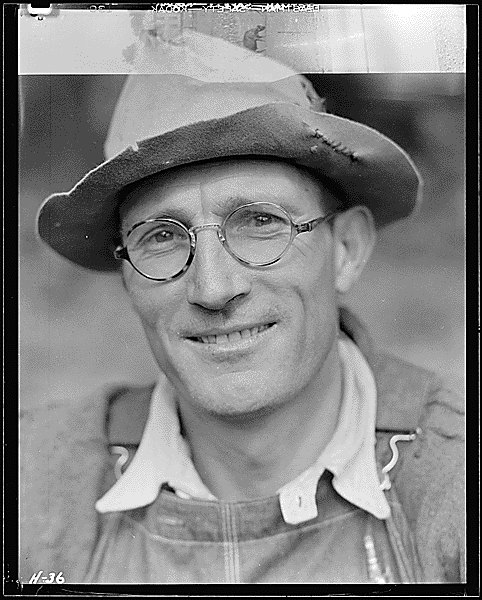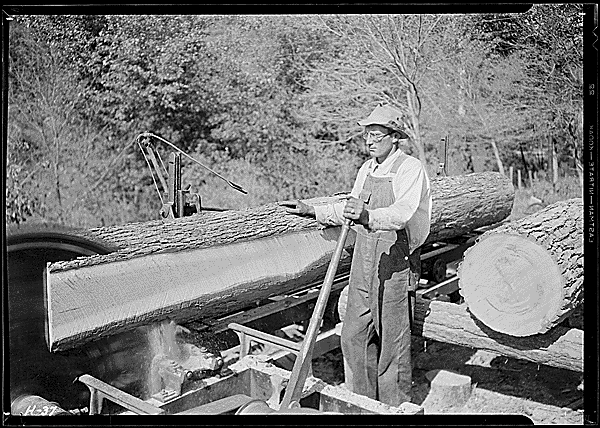My home town, is a
HALF mile down

"I love my mountains, and I want to stay right here the rest of my life if I can" Curtis Stiner
The People Of
Loyston
Tennessee
The town of Loyston is not one that history books know well, or even the decedents of former citizens of the town. Nonetheless, it is a place with its own vibrant history and vibrant people, as shown through the Family Removal files. As the first town to be washed away from the creation of a dam, these people lived through an experience no other people of that time understood. Wilson aptly summarized the sentiments of the people of Loyston:
[1]
"Norris area people, generally, did not wear their feelings on their sleeves. Seldom did their actions appear to be motivated by sentiment. Those outlanders, who came to observe and presumed to know what was best, little knew of the antipathy of these residents toward them; but it was often there."
Family Removal and Population Readjustment Case Files
As part of the relocation of the families, the Tennessee Valley Authority gathered extensive information about the families in the area, where they lived, what they looked like, general observations, and even attitudes and opinions of the TVA. As Wilson said in the previous quote, Southerners were not ones to be explicit and forthright about their emotions, although there are always exceptions. Below you will see three examples from different families living in the area that were in the path of the future lake- the Randolphs, Rays, and the Stiners- three families all with different thoughts, backgrounds, and challenges.
The Randolph Family
Through these five pages you will meet and learn about the Randolph family, spearheaded by stubborn and memorable Mattie Randolph. The TVA first visited the family in October of 1935, the worker describing them as "unreasonable" and "bitter," absolutely repulsed by the idea of leaving their home Consequently, workers visited their homestead several more times to convince the family to move, even taking Mattie to visit the dam construction and the new town of Norris to convince her to leave.
“The family’s attitude has, from the beginning of TVA, been one of antagonism. They have never shown any willingness to cooperate with any person connected with TVA.”




[6]

“The family were sitting in the yard, Mr. and Mrs. Ray occupying chairs and the children some on boxes, and others on the ground, amid extreme fifth. The older Ray boy was sitting in the doorway holding an eighteenth month old child, the most pitiful creature that I had ever seen."
The Ray Family



[6]
The situation of the Ray family, is not one that is uncommon in the Appalachian Region, living in extreme poverty. A common problem in moving the citizens from the valley was many could not afford to move or had no other land in which to go. The photos to the left show the Ray family and their house, nine people for one, one room house.
The Stiner Family




[7]

[8]
Documents filed under the Stiner name show typical documentation acquired with appraising the value of land and resources, including other information of family members and even magazines and books read (often times, the answer is just "Bible." The last photograph shows the report TVA workers must fill out after meeting the family, ascertaining and marking how they reacted to a TVA worker's interview along with their attitude towards the TVA.
[2]
Poem by Leonard White, Union County Schoolboy







